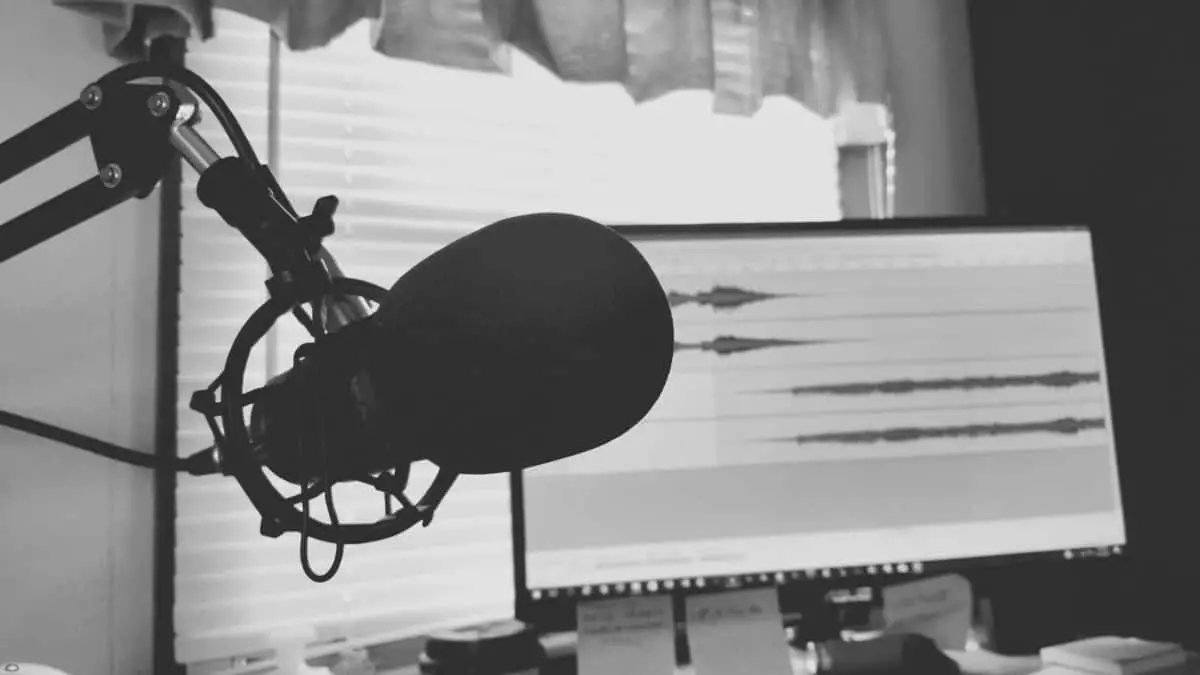Japanese has three types, Hiragana, Katakana, and Kanji, so many people may think studying it is difficult. To become a master of Japanese, you need to look hard and continue to learn. Therefore, this time we will discuss how to study effectively for each type of Japanese and how to use them correctly.
1. Write hiragana
The most important step in mastering hiragana is to write it first. One of the most important aspects of learning hiragana is memorizing it according to the Japanese syllabary order. The lines should be practiced in the following order: A line, Ka line, Sa line, Ta line, Na line, Ha line, Ma line, Ya line, Ra line, and Wa line. You should be aware of the correct stroke order when writing hiragana so that you can write more beautifully. The stationery department in supermarkets and bookstores offers a wide selection of hiragana practice books and study books.
2. Read hiragana
It is essential to learn how to read hiragana and practice writing it. When you practice pronunciation while writing one by one, you will be able to learn more efficiently. Having fun while practicing hiragana pronunciation can be achieved by watching anime with subtitles.
3. Write katakana
When studying it, it is recommended to memorize and write katakana as a set with hiragana. You can master Hiragana and Kana more efficiently by analyzing them simultaneously since they have many similarities.
4. Read katakana
As with hiragana, katakana is read similarly. As a result, if you can read either, you will be able to master them both. When writing katakana, it is recommended to practice reading and pronouncing simultaneously. Watching and reading anime and manga is an effective way to learn how to read Katakana little by little.
5. Write Chinese characters
It is difficult to learn all 3,000 kanji in a short period, so it is recommended to start with the common kanji used by society in general. You can begin practicing writing kanji by using the simple and frequently used kanji in your daily life.
It takes six years of elementary school to learn 1,026 characters and three years of junior high school to learn 1,110 characters. It is recommended that foreigners studying Japanese take notes daily and try to write them down, focusing on the Chinese characters they see and hear in their daily lives.
6. Read Kanji
One kanji can have multiple readings, on-yomi and kun-yomi. Writing and reading repeatedly is necessary to learn all the readings since there is not one sound for each character.
In daily life, kanji is used in various situations. While living in Japan, learning Japanese by reading familiar Chinese characters, such as Japanese food names on restaurant menus, signs around the city, and station names, is more practical. You can learn from things, so it’s recommended.
Which is the best way to memorize Hiragana and Katakana quickly
In order to learn Japanese, you must know the three types of characters: hiragana, katakana, and kanji. Hiragana represents sounds, while Katakana represents words or abbreviations borrowed from other languages. Because each character can convey different meanings depending on the context, kanji gives meaning with just one letter instead of one syllable.
1. Remember the anime character’s name in hiragana and katakana
The first time I learn hiragana, I can’t write it right away
First, read aloud the name of a simple character you like and write it down.
Then, repeat the hiragana and katakana included in the character’s name and contact them until you remember them.
For example, if your favorite Character is Naruto, you will remember three alphabets ナ、ル、ト.
Then, find other friends’ names and letters that you are interested in, and teach them more and more.
2.Hiragana / Katakana Remember: Paste the AIUEO table
Whenever you learn hiragana, have the AIUEO table near you. You will learn hiragana’s glyphs by seeing it repeatedly.
Furthermore, give a quiz based on your favorite character’s name in a fun atmosphere. When you tell people how long they have to learn or how many they have to remember in a day, they are less motivated, but most simple quiz formats help students enjoy learning.
It’s normal to make mistakes when you first start but keep studying.
3. I’ll make it more “readable.”
Even if you cannot write, you can study hiragana by increasing the number of “readable characters.”
Initially, “hanging” hiragana does not require much thought.
Reading is an excellent place to start.
4. Blank note and Repeat
Put your pen to paper and start at the top of a blank page. Write for as long or short an amount of time, then when you’re done go back up one line and write again; repeat until you reach the bottom. If it feels like there’s nothing left inside, take some deep breaths before going on with
This is what we call “writing in circles.” It can be hard sometimes but don’t give up because eventually, something will come out.
Which is the best way to quickly memorize Kanji
Here are the most essential points.
Foreigners and Japanese learn Kanji in entirely different ways.
Second languages are taught in Kanji to foreigners, and there is a considerable difference between the Japanese and the way they learn.
The following points will help foreigners learn Chinese characters quickly.
- Let’s understand the meaning of the Kanji.
Understanding a Kanji‘s meaning is the first step in learning it. Many Kanji have more than one meaning, so understanding them correctly is crucial. As well, let’s take a look at some example sentences that use Kanji to help us understand how to use it
2. Find out how radicals and Kanji are composed
Knowing the radicals and composition of Kanji is one way to make it memorable. At first glance, the Kanji “depression” seems complicated. However, disassembling it one by one reveals a Kanji called a tree and a Kanji called a can. It is easy to see that difficult Kanji and challenging Kanji are composed of Kanji that you already know. So, if you find a Kanji difficult to remember, try breaking it down, and keeping it in mind should be easier.
3. Kanji drill: only one
“Doing various texts” is a mistaken study method. Having one main text and multiple supplementary texts is good, but doing many Kanji drills at once will reduce studying effectiveness. It is not something I would recommend. Try buying one of the texts you find most understandable and readable. To simplify the input process and to know your progress objectively, you must unify the teaching materials used. The order of the Kanji questions will also differ depending on the teaching material, so it is recommended to stick to one book.
4. Now, let’s read
Reading is very effective at leaving Kanji in long-term memory, but not for memorizing large amounts of Kanji. When you read Kanji, you will automatically know how to use it. Furthermore, reading comprehension will improve, leading to good scores in the national language.
5. Let’s remember in stroke order
Kanji‘s meaning and usage cannot be remembered simply by remembering the stroke order, so it is not very effective to remember the stroke order. The body remembers the stroke order together, so even if you vaguely recall the Kanji, you could write it. It will happen. It is important to study while referring to this.

